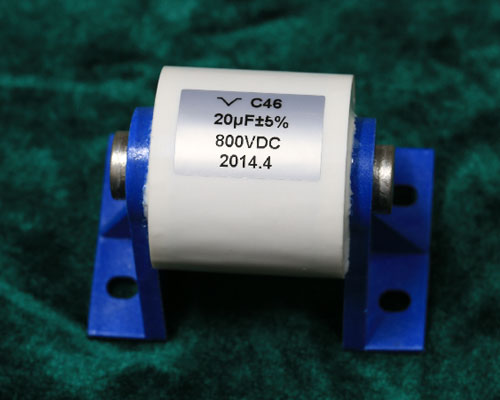The precautions for using aluminum capacitor are as follows:
1. Capacitors in unit failure groups are not recommended
The unit failure group capacitor here refers to the other capacitors that appear to be normal after the machine automatically trips or is protected if one capacitor fails in the series parallel circuit. In most cases, even if you replace a new capacitor, there will be no problem in the circuit, but the risk of doing so is very great, because the capacitance of the failure unit group will be affected by over-voltage or over-current, which may lead to hidden breakdown or leakage heat. In such a case, all capacitors should be replaced and the capacitors in the unit group should be returned to the manufacturer for re aging test.
2. Capacitors stored in stock for a long time are not recommended
For long-term storage here, the regulations of different manufacturers may be different, including one year, two years and three years. The main reason is that the design system and process are different. Another important reason is the leakage recovery characteristics of aluminum electrolytic capacitors. In view of this, my suggestion is that the aluminum electrolytic capacitors stored for more than one year should not be used directly, and not used after operation When the load is connected, the rated voltage of small current can be energized for 1-2 hours. In this way, the leakage current can be reduced, and some defects will be repaired, which greatly reduce the breakdown rate and early heating failure rate of the capacitor. If the storage time exceeds the requirements of the manufacturer and the quantity is large, I suggest that you can also choose to return to the manufacturer for re aging treatment. Generally, the capacitor manufacturer will give you free treatment.
3. It is not suitable for use in corrosive gas or high humidity environment
As we all know, the main material of aluminum electrolytic capacitor is electrolytic aluminum, which is easy to corrode. Therefore, it should be avoided to use in the environment containing hydrogen sulfide, nitrite, sulphurous acid, bromine and other halogen compounds, or ammonia and other harmful gases and high moisture. Special caution to avoid fumigation and insecticide spraying.








